Schiava wine, also known as Trollinger in Germany, is a captivating and lesser-known varietal that has been delighting wine enthusiasts for centuries. Hailing from the picturesque vineyards of Italy’s northern regions, this intriguing red wine offers a unique blend of history, tradition, and exceptional flavor profiles.
With its origins tracing back to the Roman Empire era, Schiava stands as a testament to the enduring legacy of winemaking in Europe. Its delicate yet vibrant character presents an inviting allure for those seeking a distinctive experience in their glass.
Key Takeaways
- Schiava wine also known as Trollinger grows in the Trentino Alto Adige region, South Tirol and Baden Württemberg, Germany
- You can find Schiava Gentile and Schiava Grossa Wines
- Schiava Gentile thrives in colder climates at higher altitudes whereas Schiava Grossa grows in the warmer valley of the Trenino-Alto Adige region
- The Gentile variety is a cotton candy style wine with low acidity. It`s best enjoyed cooled as a summer wine
- Schiava Grossa wines have more structure and tannins compared to the gentile wines.
Where does Schiava or Trollinger grow?
Schiava, also known as Trollinger, is a fascinating grape variety that is primarily grown in the northern regions of Italy, specifically in the Trentino-Alto Adige region. The high altitude and cool climate contribute to the development of vibrant and delicate flavors in this grape.
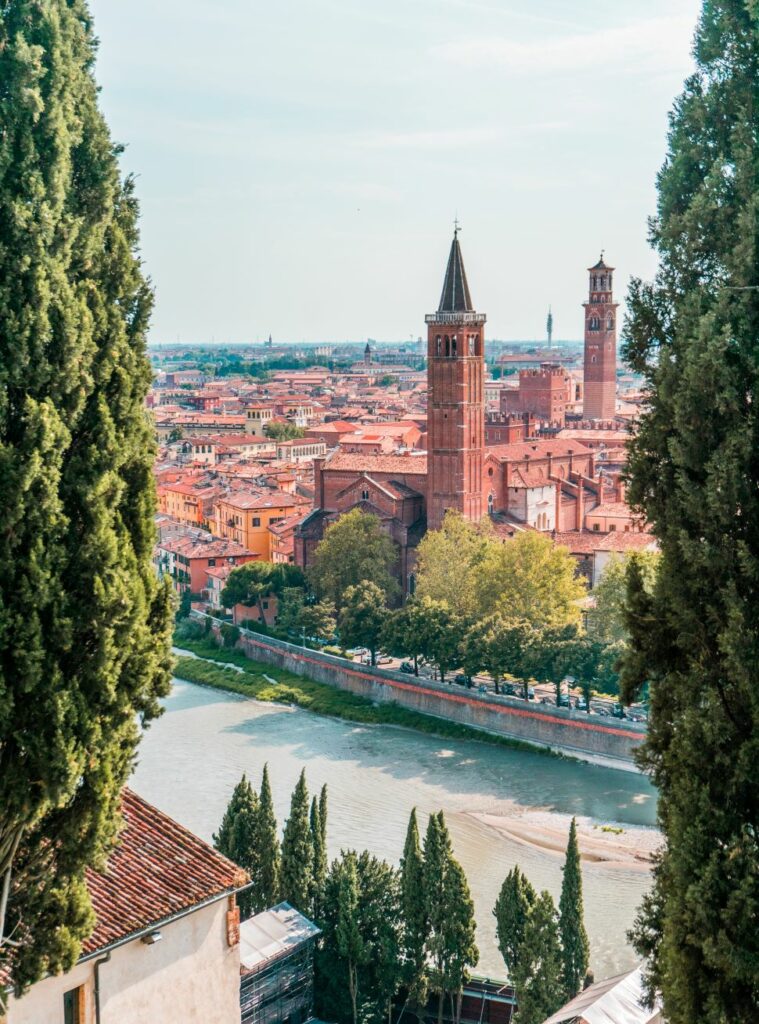
Schiava in Italy
The hilly landscapes of Trentino-Alto Adige offer well-drained soils that are rich in minerals, providing excellent drainage for these grapes. This balance between soil fertility and proper drainage in the Alto Adige region plays a crucial role in producing quality Schiava wines. Additionally, the wide day-night temperature variations at higher altitudes contribute to slow ripening and help retain natural acidity within the grapes.

Trollinger in Germany
Outside of Italy, the Schiava grape also thrives in certain parts of Germany’s Baden-Württemberg region. Here, it is known as Trollinger and has been grown for centuries. The vineyards are typically located on sunny slopes along the banks of rivers such as Neckar and Enz. These rivers provide moderate temperatures and reflect sunlight onto the vines, aiding their growth.
What does Schiava wine taste like?
When it comes to describing the taste of Schiava wine, one word that often comes to mind is cotton candy. The light-bodied red wine from Northern Italy’s Trentino-Alto Adige region has a uniquely delicate and fruity profile that evokes memories of this sugary carnival treat.
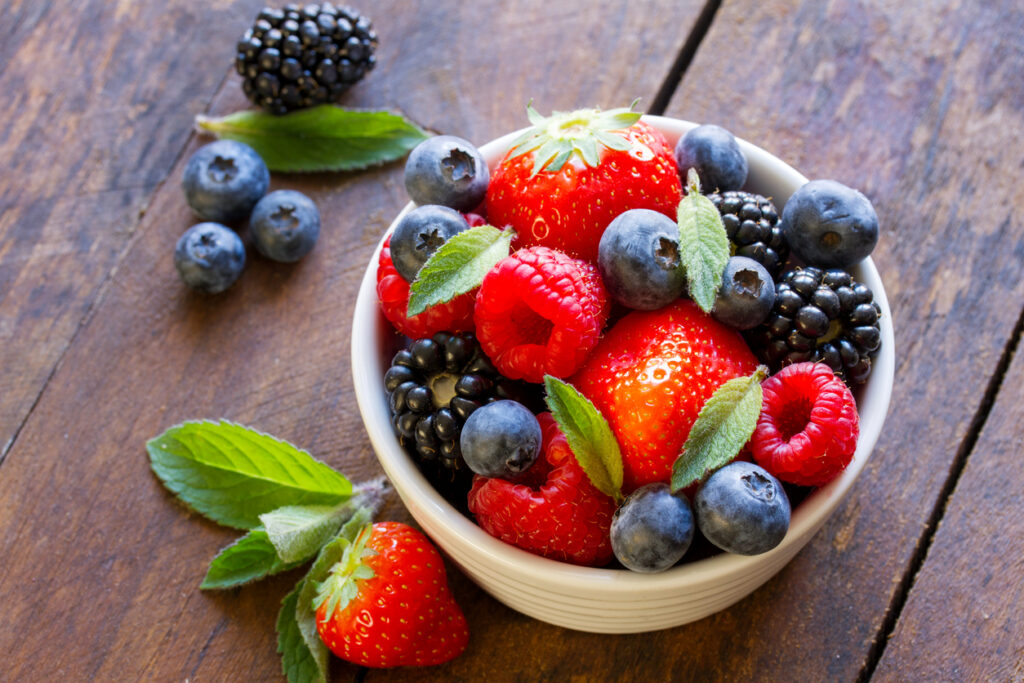
Its flavor profile is characterized by vibrant red berries, such as strawberries and raspberries, which dance on the palate with an enticing sweetness. But don’t mistake its cotton candy-like qualities for overwhelming sugariness. Schiava strikes a perfect balance with refreshing acidity and subtle hints of herbs or wildflowers.
What makes Schiava truly intriguing is how it combines these delightful flavors in harmony, creating a wine that is not only pleasant to drink but also versatile when it comes to food pairings. While many red wines are often associated with hearty dishes or aged cheeses, Schiava stands out by being incredibly adaptable wine from Alto Adige.
Schiava gentile
Schiava gentile, also known as Vernatsch or Trollinger, may not be a household name when it comes to wine varieties, but its long history and unique characteristics make it worth exploring. Originating from the scenic hills of the South Tyrol Alto Adige region in northern Italy, Schiava gentile is a red grape variety that has found its niche in producing light and fruity wines.
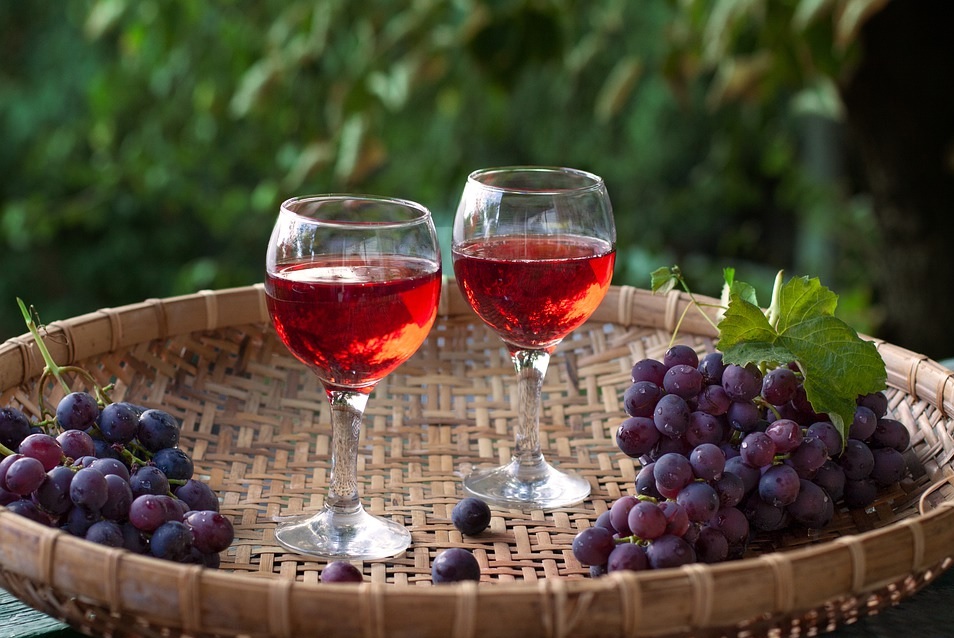
Nature of the Schiava Gentile Grape
What sets Schiava gentile apart from other red wines is its delicate nature. With low tannins and relatively low acidity, it offers a refreshing and easy-to-drink experience. Its pale color can be deceiving; don’t let its subtle appearance fool you into thinking it lacks flavor. Instead, Schiava gentile surprises with enticing notes of red berries like raspberry and cherry while maintaining a delightful crispness.
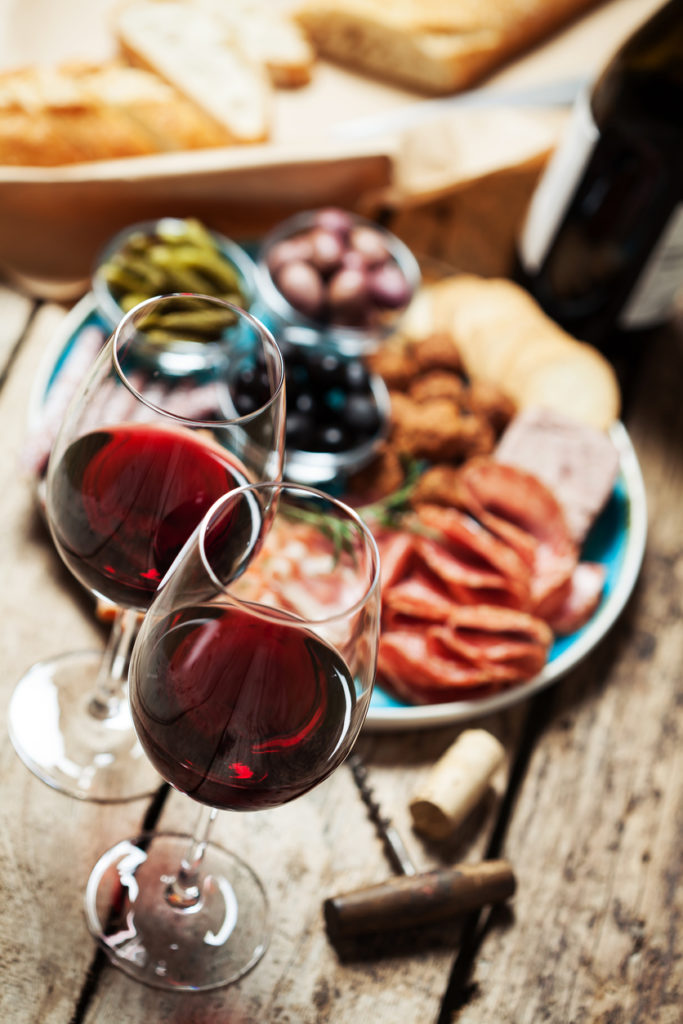
The versatility of Schiava gentile extends beyond just sipping on warm summer evenings. While it pairs beautifully with lighter dishes such as salads or antipasti due to its fresh, vibrant acidity, this red wine can also complement heartier foods surprisingly well. From roasted poultry to cured meats, the soft tannins of Schiava gentile can balance out savory flavors without overpowering them.
Schiava Grossa
The range of wines produced from Schiava Grossa can span from light and fruity rosés to more structured and complex reds with aging potential. It often displays flavors such as cherry, raspberry, and violet along with subtle earthy undertones. The lighter-bodied expressions exhibit vibrant acidity and soft tannins, making the best wines, perfect for warm summer evenings or pairing with Mediterranean cuisine.

While not as prominently exported as some other Italian varieties like Sangiovese or Nebbiolo, Schiava Grossa definitely deserves attention for its distinct character and ability to reflect terroir variations within Alto Adige’s vineyard sites.
Difference between Schiava Gentile and Schiava Grosso
Schiava gentile and Schiava grossa are two grape varieties that originate from the same region – Trentino-Alto Adige in Northern Italy. While they share the same name and a common ancestry, they exhibit distinct characteristics that make each varietal unique. The wines are mainly produced in stainless steel tanks.
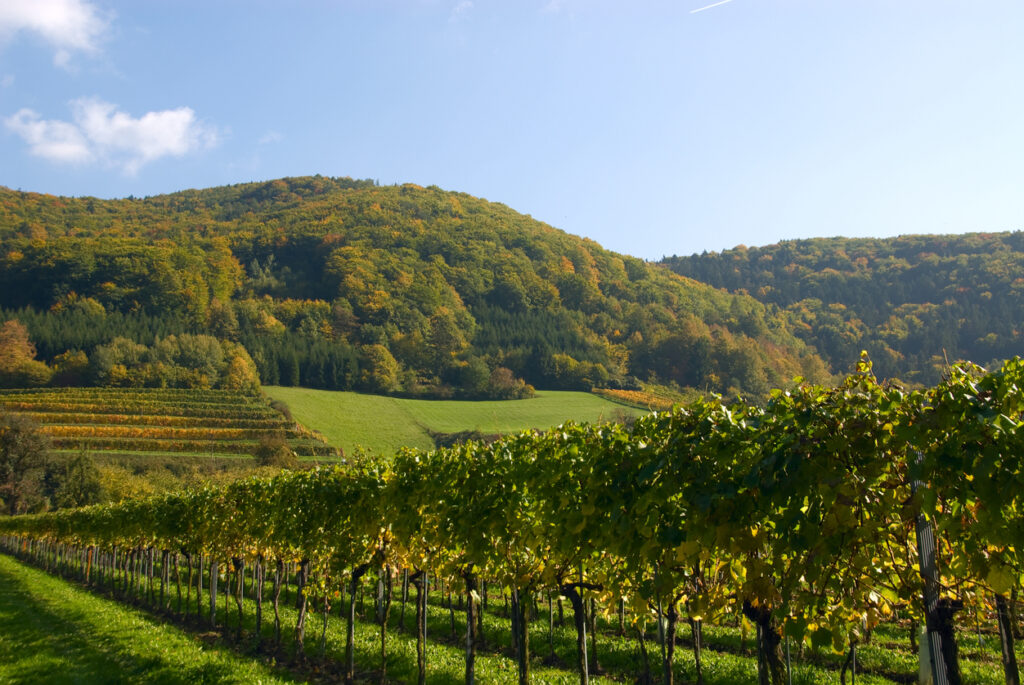
Schiava Gentile
Schiava gentile, also known as Vernatsch in German-speaking regions, is renowned for its aromatic profile slightly sweet and delicate flavors. It typically offers notes of red berries, cherries, and violets, creating an elegant and vibrant wine. This varietal thrives in high-altitude vineyards with cool climates of the Alto Adige region, allowing it to develop its signature freshness and lightness on the palate. With a lower level of tannins compared to Schiava grossa, Schiava gentile wines are often enjoyed chilled and make for excellent summer sippers.
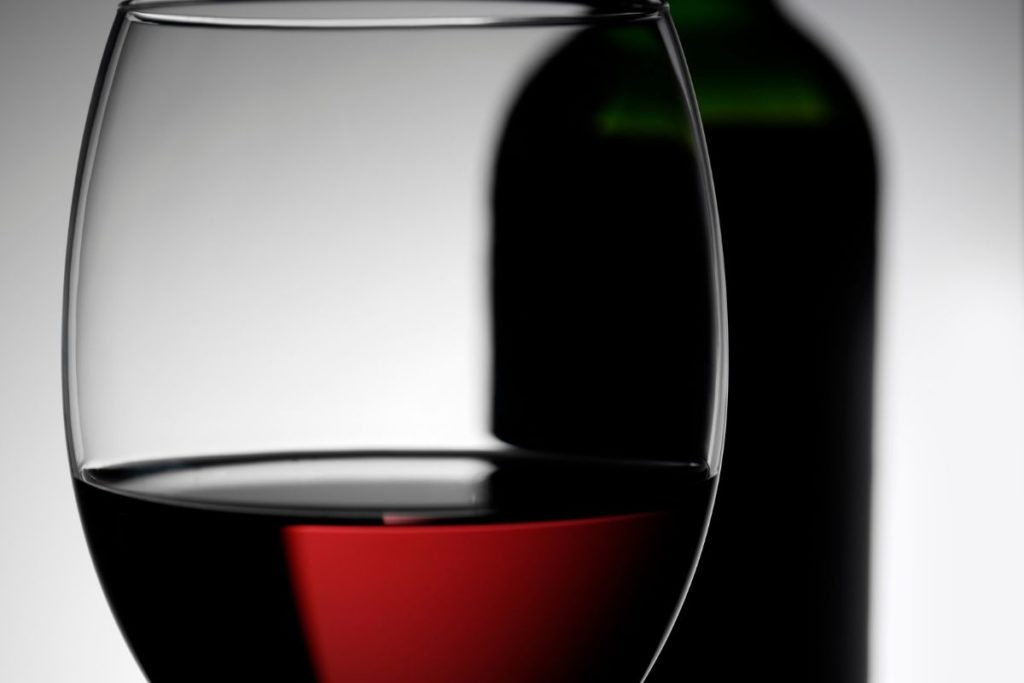
Schiava Grossa
On the other hand, Schiava grossa presents a more robust personality with greater depth of flavor. This grape ripens later than Schiava gentile and flourishes in warmer microclimates found at lower altitudes within the region. The resulting wines are well-structured with higher levels of tannins, offering a fuller body and bolder fruit character. Expect flavors of ripe cherry, plum, blackberry, and hints of spice when indulging in this variety.
Food Pairing of Schiava Wines
This light-bodied red wine from Northern Italy’s Alto Adige region pairs exceptionally well with a range of flavors. This makes it a versatile choice for any meal or occasion. The fruity and floral notes of Schiava wines complement a wide variety of dishes. They enhance the dishes` flavors and bring out new dimensions.
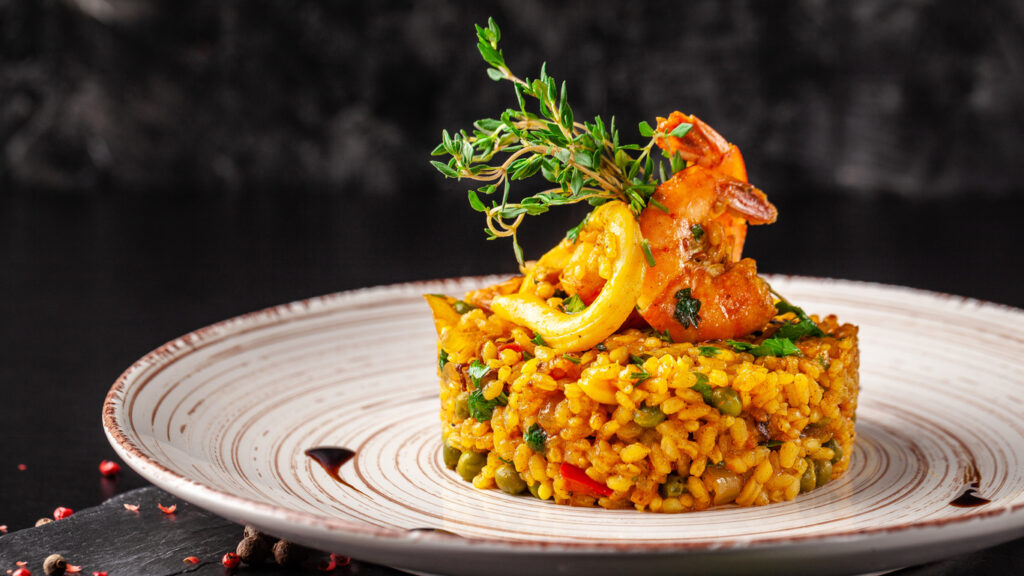
For those who enjoy seafood, Schiava is an ideal pairing option. Its vibrant acidity and subtle tannins make it an excellent companion to delicate fish dishes such as grilled salmon or seared scallops. The wine’s aromatic profile adds a light refreshing touch that balances the richness of the seafood. It creates a harmonious combination that delights both palate and senses.
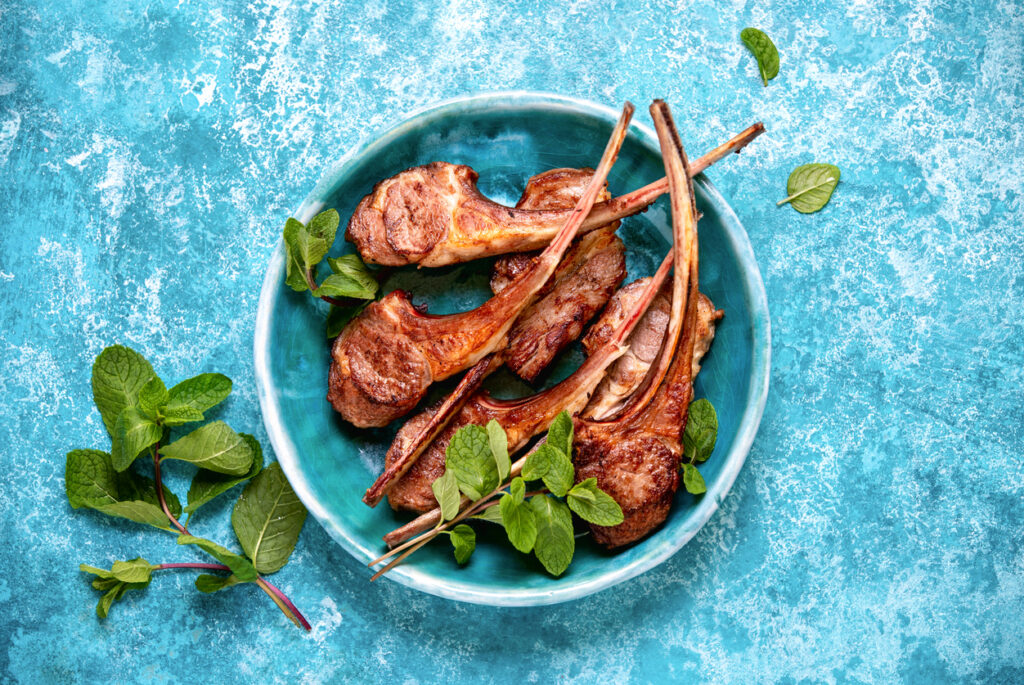
Another fantastic pairing option with Schiava are savory roasted meats. The wine’s light body doesn’t overpower the flavors of beef or lamb but instead enhances them. A glass of Schiava perfectly complements tender roasted beef with its soft tannins and bright acidity. At the same time it also highlightes earthy undertones in game meats like venison or wild boar.

